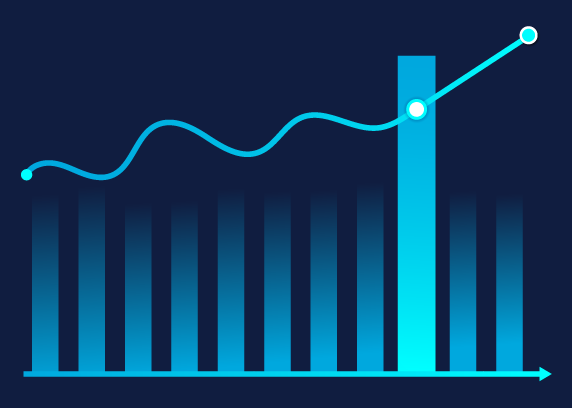Labour productivity and utilisation are indicators of economic effects from labour efficiencies. Growth in gross domestic product (GDP) per capita can be broken down into growth in labour productivity and changes in the extent of labour utilisation.
Labour productivity is the ratio of total output per hour worked. It measures how efficiently labour input is combined with other factors of production and used in the production process. Labour input is defined as total hours worked of all persons engaged in production. Labour productivity only partially reflects the productivity of labour in terms of the personal capacities of workers or the intensity of their effort. The ratio between the output measure and the labour input depends to a large degree on the presence and use of other inputs such as capital, intermediate inputs, technical, organisational and efficiency change, economies of scale.
Labour productivity is a key dimension of economic performance and an essential driver of changes in living standards. High labour productivity growth can reflect greater use of capital, and a decrease in the employment of low-productivity workers, or general efficiency gains and innovation.
Labour utilisation is the ratio of time worked per capita. It measures how much time in an economy is spent working per head of population.
This indicator is measured as annual growth in both GDP per hour worked and hours worked per capita.
